The Right Treatment for the Right Seed in the Right Situation
ILEVO® Soybean Seed Treatment Performance
Soybean Cyst Nematode (SCN) and Sudden Death Syndrome (SDS) are two yield-robbing pathogens which have spread throughout most states in the U.S. and Canada. While these can be found in fields independent of each other, the indirect effects of feeding from SCN can increase SDS levels as they weaken plants and create wounds favorable to invasion by other pathogens.
| Pathogen | causal agent | description/infection | symptoms | root | foliar |
|---|---|---|---|---|---|
| SCN | Microscopic, plant-parasitic roundworm – Heterodera glycines | Juveniles penetrate root; SCN feeds on vascular tissue; Females become sedentary, gravid, and burst through roots advertising their presence with lemon-shaped cysts | Stunted roots with fewer nitrogen-fixing nodules; Cysts may be visual; Stunted/Yellowed Plants |
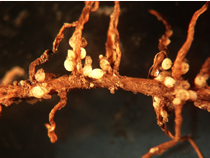
|
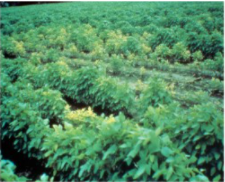
|
| SDS | Soil-borne fungal pathogen – Fusarium virguliforme | Overwinters in soybean residue and in soil as chlamydospores; Can withstand freezing and begin to germinate and infect soybean roots often as early as germination | Root rots can denote a surface blue fungal growth; Brown lesions surrounded by chlorotic areas on leaves; Premature defoliation; Aborted pods or reduced pod fill |
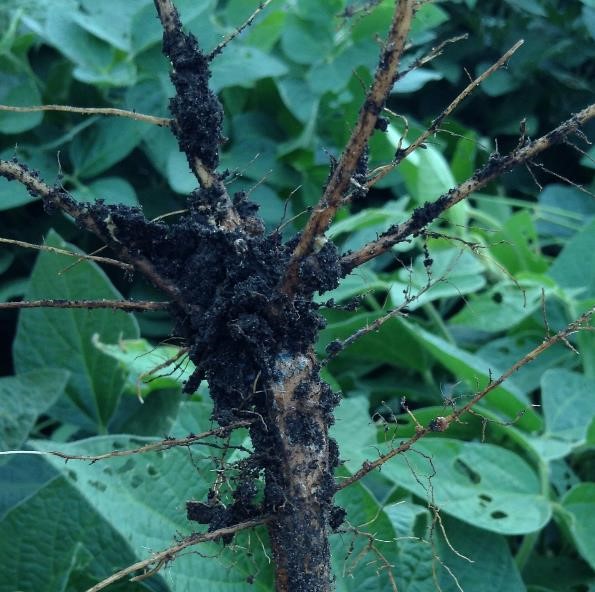
|
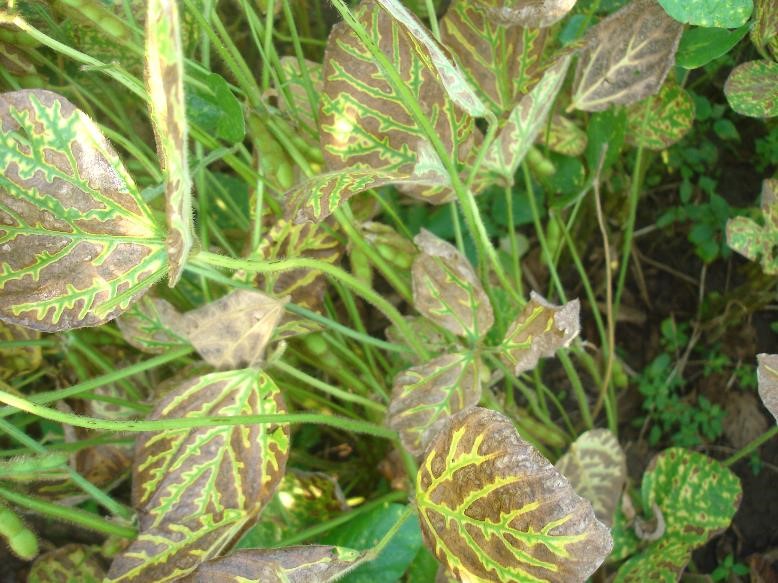
|
Once present in a soil, SCN and SDS are impossible to eradicate making multiple management strategies key to controlling their impact on your crop. ILEVO® fungicide seed treatment is a good management option for soybean fields where these pathogens can cause a potentially high economic impact.
In 2020, Corteva conducted LumiGEN™ plus ILEVO® head-to-head comparisons with CruiserMaxx® Vibrance® plus Saltro® in 76 locations across 8 key soybean growing states. These were on-farm trials that evaluated several factors including SCN population levels, SDS severity, halo effect on cotyledons, influence of PPO herbicides, and stand count. Here are the results:
- Halo Effect - Research has not shown a yield penalty associated with either the halo effect or PPO burn
- Stand Count - Minimal effects on stand establishment were seen with either seed treatment
- SCN Pressure - 61% of sites had at least medium pressure
- SDS Pressure - 16% of sites had a moderate to heavy pressure
| Treatment | Halo effect | final avg. stand | scn pressure - Yield avg. | sds pressure - yield avg. |
|---|---|---|---|---|
| LumiGEN™ plus ILEVO® | Compartmentalized to Cotyledons Only | 130,700 sds/acre | +1.1 bu/acre over Saltro® (+1.8 bu/acre over base) | +0.7 bu/acre over Saltro® (+3.8 bu/acre over base) |
| CruiserMaxx® Vibrance® plus Saltro® | None | 129,600 sds/acre | -1.1 bu/acre over ILEVO® | -0.7 bu/acre over ILEVO® |
Structured research trial data provides a valuable tool for making decisions. However, as environmental conditions and stresses can vary from year-to-year, multi-year consistent data is key. With 9 years of research in over 1000 replicated trials and over 6 years of commercial success, ILEVO® has shown an SDS advantage of 4.6 bu/acre and an 84% consistency rate when compared to a fungicide/insecticide base. ILEVO fungicide soybean seed treatment has been proven to be the right treatment for the right seed in the right situation.
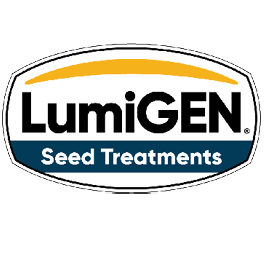
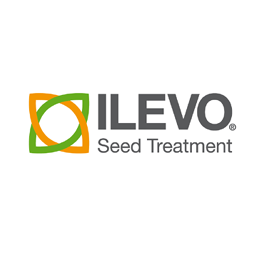
Sources
- BASF “ILEVO Seed Treatment”
- BASF Ag Solutions – “ILEVO vs. Saltro 2020 Seed Treatment Trials
- Crop Protection Network “Using ILEVO with Preemergence Herbicides”
- Crop Protection Network “Seed Treatment and Foliar Fungicide Impact on Sudden Death Syndrome and Soybean Yield”
- Crop Protection Network Update on Soybean Disease Management – Iowa State University Extension
- Corteva Research Trials “ILEVO® Outperforms the Competition”
- UNL Crop Watch “Soybean Cyst Nematode”
